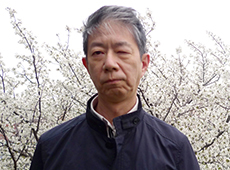
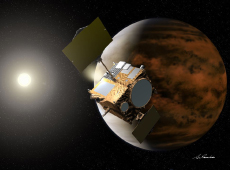
Courtesy: Akihiro Ikeshita
Q. If you compare the current status of your mission to mountaineering,
Fell down to the 7th station just before making it to the top
Q. People, time, things: which of these would you like more of? Place in order of preference.
People, things, time
Q. What aspect of your mission do you want people to take note of? What is the selling point of your mission?
Whether we can put the orbiter into Venus orbit in 2015, or whether the orbiter will be able to survive until then.
Q. What is your priority in management?
Good insight and foresight
Q. What is your favorite genre of books? Do you have a favorite book?
Kenkaku Shobai by Shotaro Ikenami
Q. What is your motto, or favorite saying?
What business do you have on the Moon? The Moon is to view. (Natsuhiko Yamamoto)
Q. Do you have a message for visitors to this website?
Please don’t forget about AKATSUKI.
Related link: Venus Climate Orbiter AKATSUKI (PLANET-C)

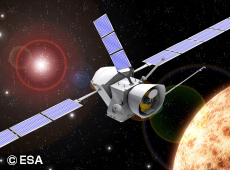
Q. If you compare the current status of your mission to mountaineering,
if the mountaintop is starting observation
if the mountaintop is the launch
a mix of slow and steep ascents
changeable weather
Q. People, time, things: which of these would you like more of? Place in order of preference.
People, time, things
Q. What aspect of your mission do you want people to take note of? What is the selling point of your mission?
Large-scale collaboration with ESA. The exploration of scorching-hot Mercury, which is, surprisingly, little known to us.
Q. What is your priority in management?
Information sharing. Not to discourage those involved in the project.
Q. What is your favorite genre of books? Do you have a favorite book?
Foreign science fiction/fantasy and detective fiction
Q. What is your motto, or favorite saying?
“Let your life take its course. What will be will be.”
Q. Do you have a message for visitors to this website?
It will be another 10 years before the analysis of data obtained at Mercury begins. That means the people who will be analyzing the data are currently in junior high or high school. If you are interested, please join us in the future!
Related link: Mercury Exploration Mission BepiColombo
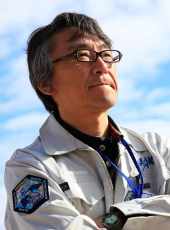
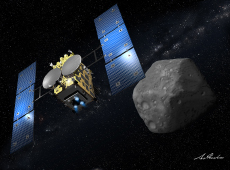
Courtesy: Akihiro Ikeshita
Q. If you compare the current status of your mission to mountaineering,
Q. People, time, things: which of these would you like more of? Place in order of preference.
Time, people, things
Q. What aspect of your mission do you want people to take note of? What is the selling point of your mission?
There are many ways of using space technology. Weather observation, communications, broadcasting, Earth observation, astronomy, and positioning – this is what we’ve done to date. And there is one more: space exploration. HAYABUSA 1, which returned to Earth in 2010, and HAYABUSA 2, which will be launched in the future, are not satellites but explorers.
Q. What is your priority in management?
To facilitate operations.
Q. What is your favorite genre of books? Do you have a favorite book?
History of science and history of technology
Zerosen no Isan (English title: Eagles of Mitsubishi: The Story of the Zero Fighter) by Jiro Horikoshi
Q. What is your motto, or favorite saying?
To catch a weasel asleep
Q. Do you have a message for visitors to this website?
The HAYABUSA 1 mission was the first ever to bring an asteroid sample to Earth. To humans, asteroids had always been just particles of light seen with a telescope; now, one is in front of us as a grain of sand under a microscope. The next technological innovation, HAYABUSA 2, is expected to offer us a new outlook on the world as well as broadening our sphere of activity.
Related link: Asteroid Explorer HAYABUSA 2


















